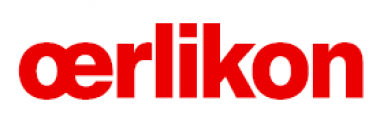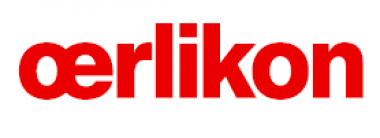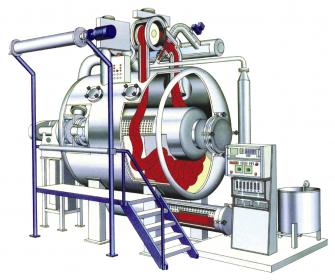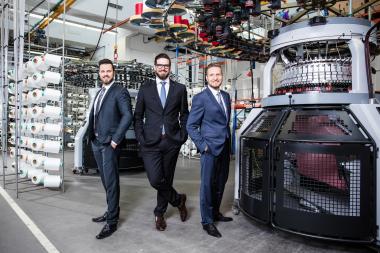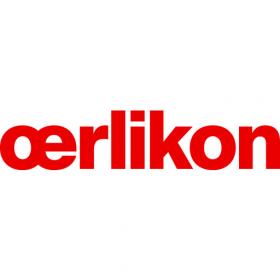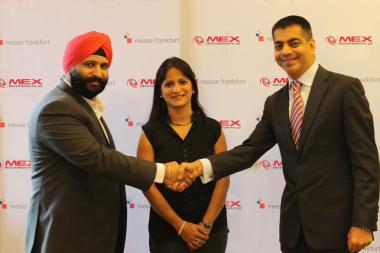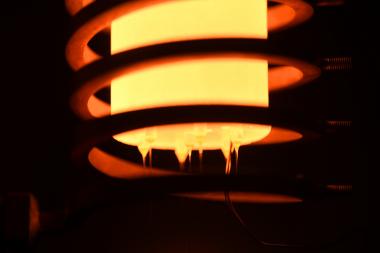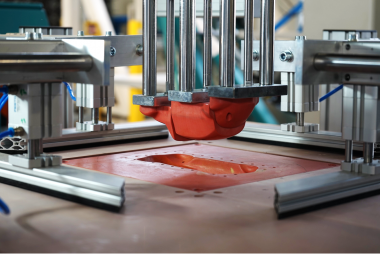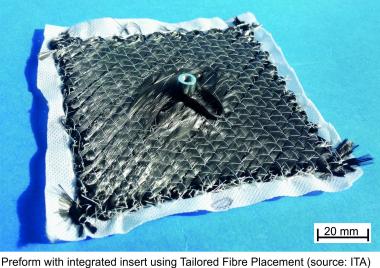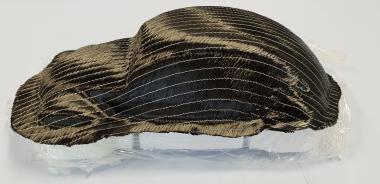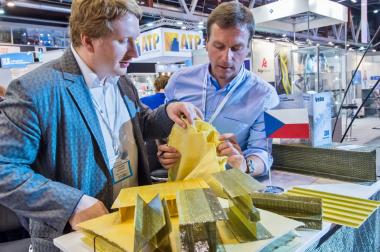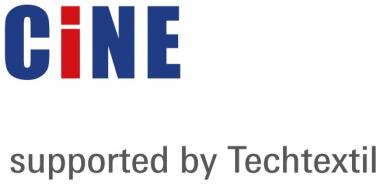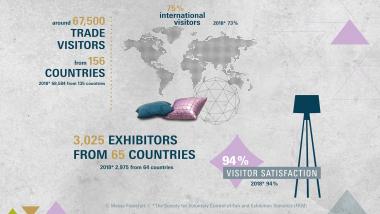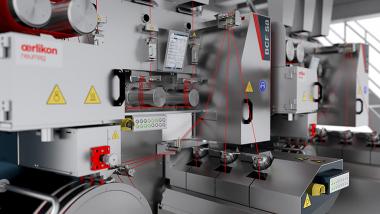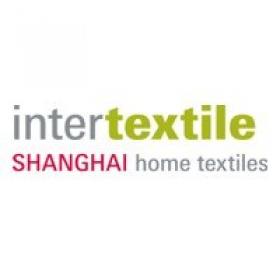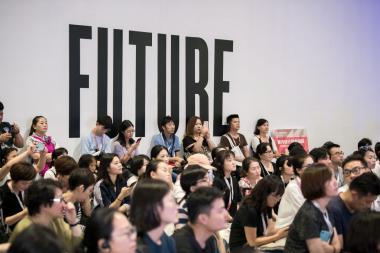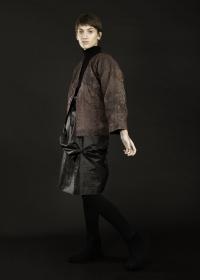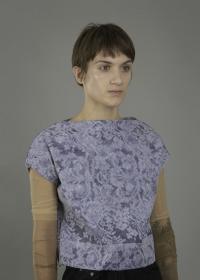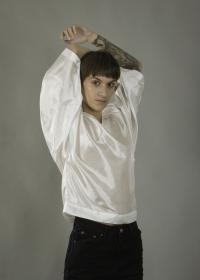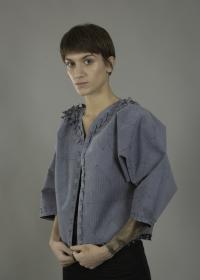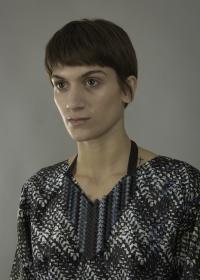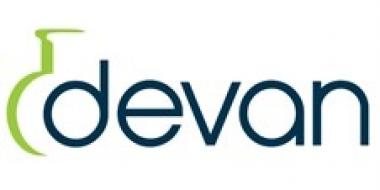Archroma at China Interdye, Shanghai
- China Interdye, booth A100, from 10 to 12 April 2019, Shanghai World Expo & Convection Center, Shanghai, China
Archroma, a global leader in color and specialty chemicals towards sustainable solutions, will be at China Interdye to present its system solutions for optimized productivity and/or value creation in textile coloring and manufacturing.
Archroma offers a wide portfolio of dyes and chemicals aiming to increase sustainability and innovation along the entire value chain, from fiber to finish.
At China Interdye, visitors will be able to experience how Archroma can help them create value in their textile applications and markets.
The systems and innovations presented have been developed and selected for their compliance with “The Archroma Way: safe, efficient, enhanced, it’s our nature”. The approach finds its origin in Archroma’s deep belief that it is possible to make the textile industry sustainable.
EMG








